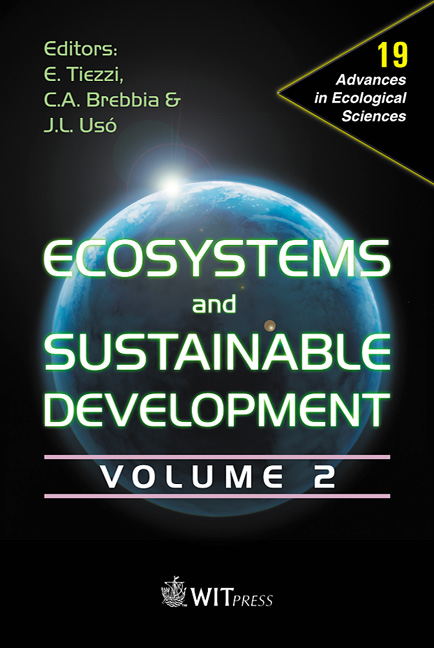Energy Loss Of Compressed Air Storage In Hard Rock
Price
Free (open access)
Transaction
Volume
64
Pages
12
Published
2003
Size
530 kb
Paper DOI
10.2495/ECO030102
Copyright
WIT Press
Author(s)
Y. Zimmels, F. Kirzhner & B. Krasovitski
Abstract
Energy loss of compressed air storage in hard rock Y. Zimmels, F. Kirzhner & B. Krasovitski Department of Civil and Environmental Engineering, Technion - Israel Institute of Technology, Israel Abstract Underground space provides opportunities for environmentally safe storage and retrieval of energy. Compressed Air Energy Storage (CAES) in underground caverns can be used to generate electrical power during peak demand periods. The excess power generation capacity, which is available when demand is low, is used to store energy in the form of compressed air. This energy is then retrieved during peak demand periods. The structural stabilities and leakage features of the air storage site determines the expected energy losses, efficiencies of energy conversions and the corresponding economics. Design examples of CAES systems are presented, their geomechanical and thermal responses to compression and air release cycles are considered, and the corresponding energy losses are estimated. 1 Introduction
Keywords





